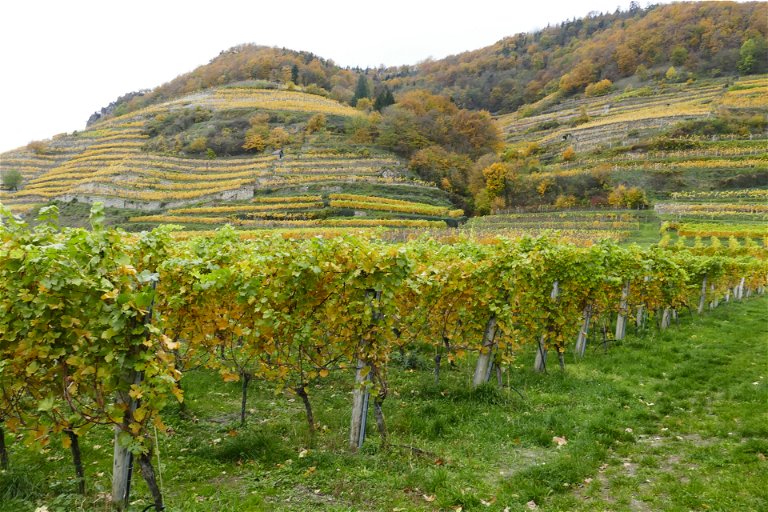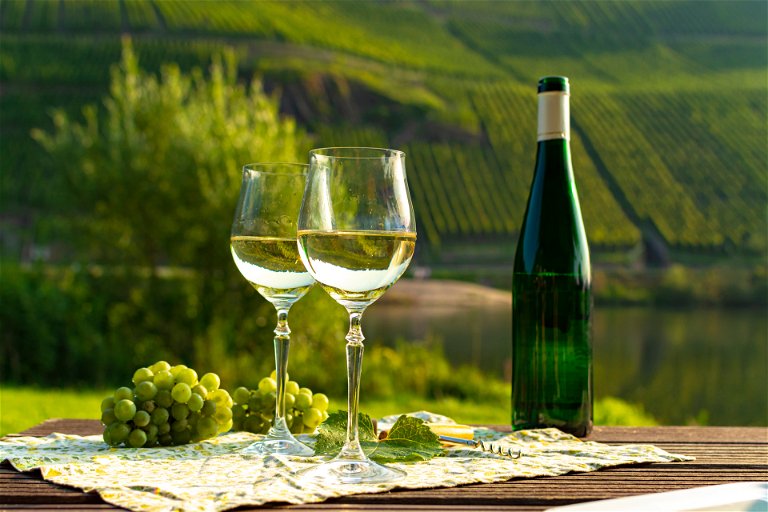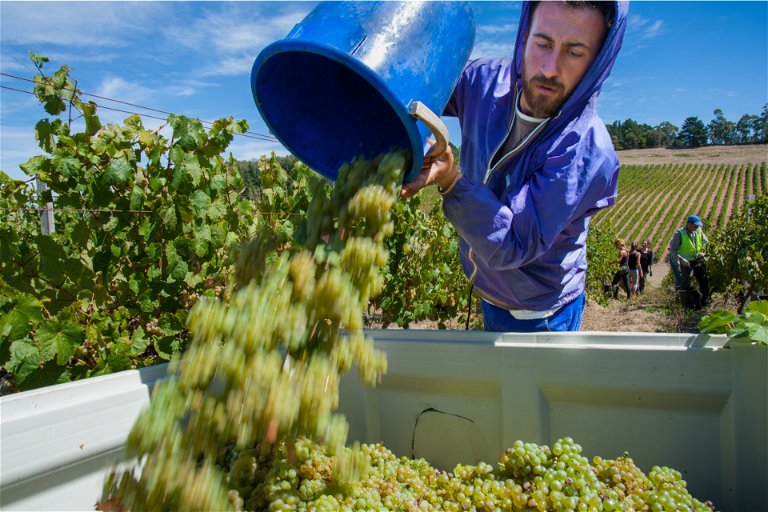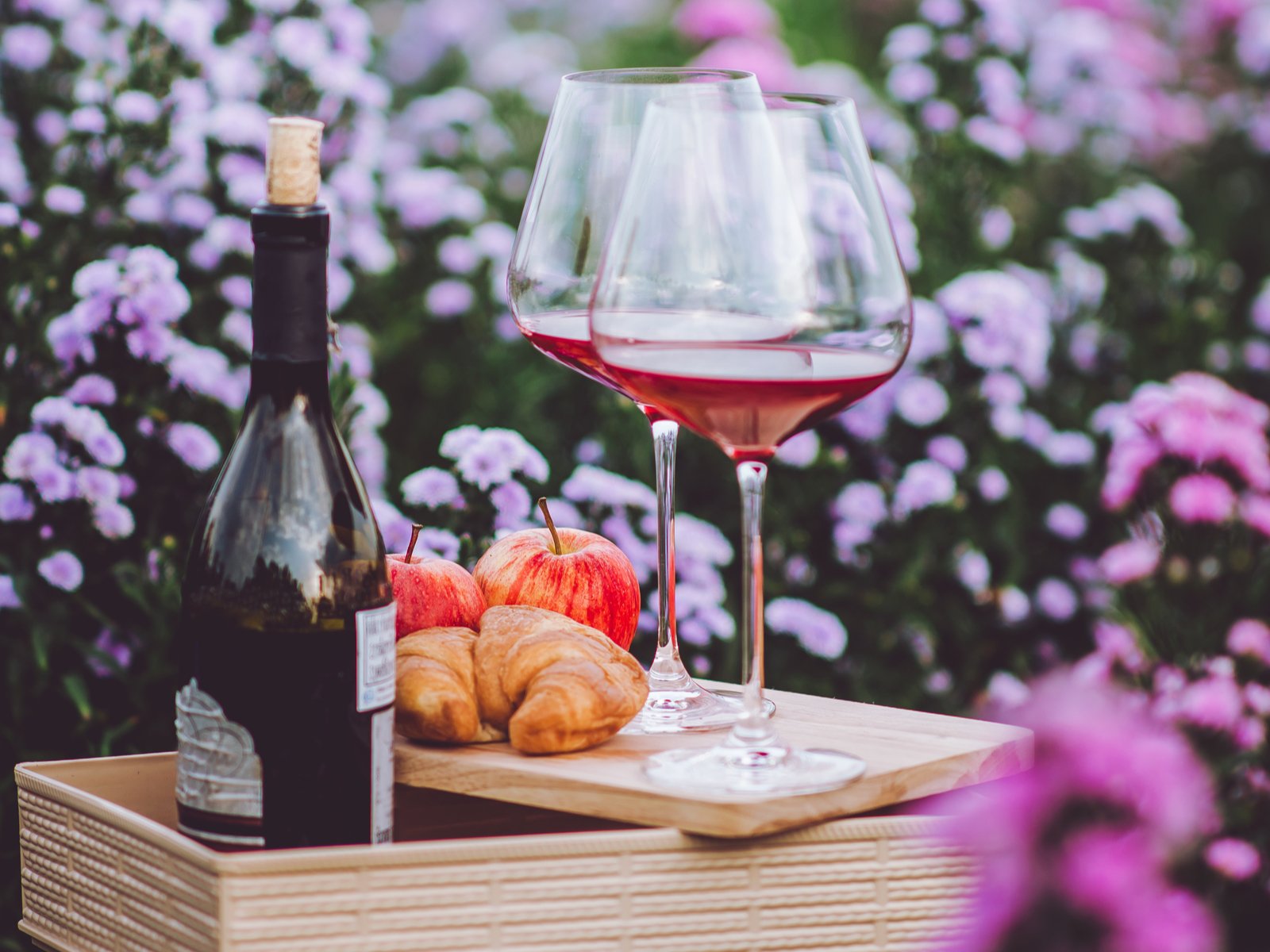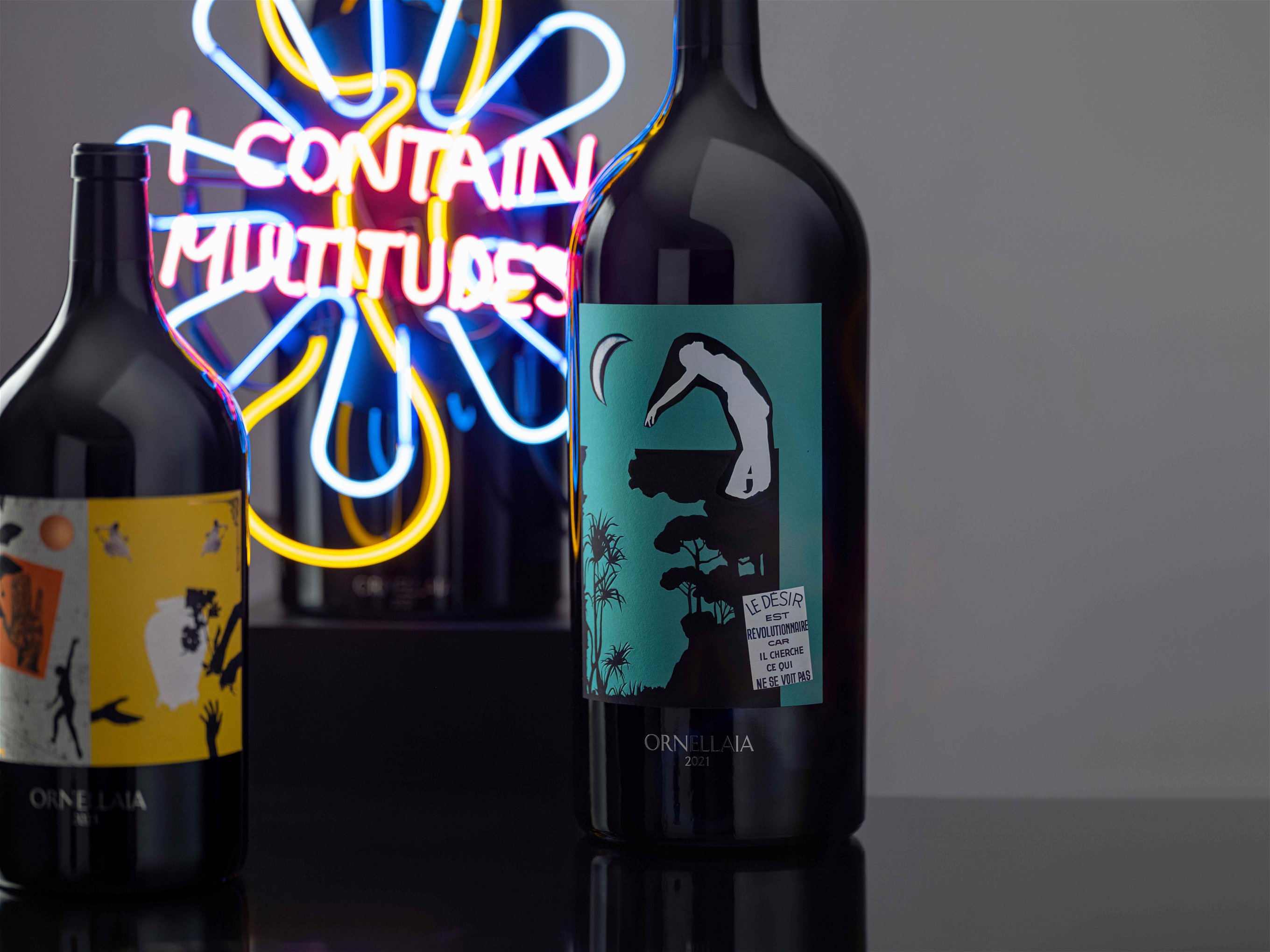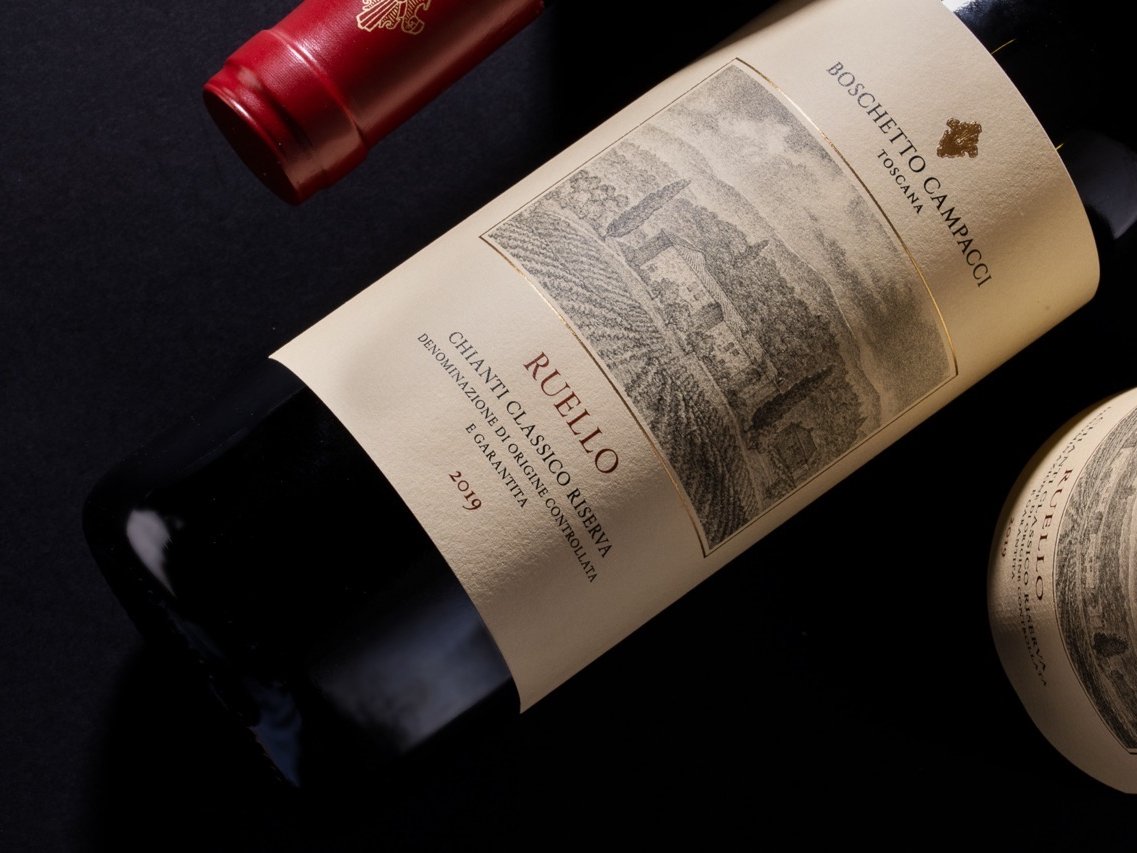A Global Tour of Riesling
Riesling revivals are regularly hyped but fail to materialise because the variety is seen as niche and still has an image problem. This means even the most stellar wines are amazingly affordable.
Yes, Riesling is a minority sport. It simply has too much personality to be everybody’s darling. But personality is the least of its problems – since it is rather splendid. The idea that all Riesling is sweet, despite most Riesling made today being dry, also stubbornly persists. But there are other reasons why the wines made from this ancient and noble grape variety still lead a marginal existence – despite their undoubted quality. Of course they all emanated from Riesling’s epicentre Germany: exactly the place that now makes the most spellbinding Rieslings in the world.
Riesling's nature
Riesling's most distinctive feature is its naturally high acidity. It is what makes the myriad flavours of Riesling so clear-cut and puts everything into sharp relief – sometimes it even feels electric. This is not to everyone’s taste – but for those who are smitten it is a hit they crave in every wine. Acidity is also what allows for residual sweetness in wine: sugar from the grape that has not fully fermented into alcohol, thus leaving some sweetness in the wine. It is only by virtue of Riesling’s acidity that this sweetness comes across as balanced in the wine. Few varieties can pull this high-wire act off with such bravado as Riesling. That said, our focus here is on dry Riesling. Two further factors captivate Riesling lovers: Riesling can mirror its origin and provenance in almost uncanny fashion; it can also age and evolve for decades. Tasting Rieslings from the same vintage, made by the same winemaker in the same cellar, from vines planted at the same time but grown in different soils – say limestone, sandstone and granite – will show you three really distinct Rieslings. Riesling thus has a beautiful site signature.
Riesling also is beautiful at every stage of its life: in its youth it brims with primary flavours of fruit. Depending on climate, its aromas span the entire citrus spectrum and move from green apple via stone fruit to ripest mango and pineapple – the best wines offset these fruity notions with floral and herbal, stony and earthy overtones. As Riesling evolves in bottle, it changes texturally and aromatically. It becomes balm-like and almost otherworldly aromas appear: fresh fruit notions are transmuted into hints of herbs, dried citrus peel, beeswax, lanolin and stone. Even modest wines go through this magical transformation.
Riesling is also adaptable: it thrives in varied climates – even though it prefers coolness. Yet, with all this personality, Riesling demands the best sites: the stoniest, poorest, steepest vineyards. It excels where others founder. This is one of the most beautiful things to contemplate about Riesling – that the greatest struggle brings forth the greatest beauty.
Infinite variety
Riesling’s greatest strength is also its greatest weakness: Riesling’s nature means that it can be and is made in a mind-boggling variety of styles: from dry, via off-dry, medium sweet to downright luscious. Some Rieslings are ultra-light, others full-bodied and muscular. While this is a source of fasciation to initiates, it puts average drinkers off – especially since the label rarely gives a clue to style. The market prefers a clear taste profile and Riesling simply refuses to be shoved into a box. The only solution: taste, keep track of what you like and speak to your specialist wine merchant.
Germany
We have to start with Germany: it is Riesling’s spiritual home, where it evolved and where it first found fame. Nobody grows as much Riesling as the Germans: their 24,049 hectares/59,426 acres represent 38% of the world’s Riesling plantings. It grows in every region and reaches its most diverse and heightened expressions here. Germany’s paradigm shift from quantity to quality over the past three decades, in combination with climate change, has wrought a revolution. Riesling often struggled to ripen fully in a pre-climate-change Germany. Now Riesling ripens fully and makes expressive, properly dry wines in every vintage.
One of Germany’s foremost Riesling winemakers, Klaus-Peter Keller from Rheinhessen, says: “Riesling is a unique grape variety. It is one of the great winners of climate change. Grapes would not always ripen in the 1970s and 80s but ever since the 1990s one good vintage followed another. The 2019 vintage was like a crowning glory.“ For Keller, the 2020 vintage is a worthy follow-up. The string of great vintages and ever more honed site expressions across Germany resulted in much positive reporting. He notes steadily increasing demand for his Rieslings, especially in Asia. He also notes a change in how Riesling is perceived: “Drinkers across the world – with curiosity and openness – are learning to appreciate Riesling in all its uniqueness. We still have some way to go but we are moving in the right direction.“
The regions of Rheingau, Mosel with its tributaries Saar and Ruwer, Pfalz, Rheinhessen and Nahe are Germany’s Riesling hotspots. They all have their distinct characters, informed by soils and climate: Pfalz Rieslings from Triassic soils of limeand sandstone are traditionally dry and show ideal proportions of body, substance, fruit and freshness. Rheinhessen has varied soils including pure limestone and rhyolite. Its dry Rieslings range from cool, soothing limestone elegance to rhyolite savouriness. The Rheingau with its quartzite, schist, loam, loess and clay soils has a more moderate climate and makes statuesque, poised Rieslings. The cooler Mosel, Saar and Ruwer valleys are dominated by Devonian slate: the marriage of Riesling and slate results in nervy, fine-boned Rieslings of unique thrill. Formerly marginal in climate, these Rieslings now ripen fully and are true originals. Most vineyards here are vertiginously steep. The Nahe, also formerly marginal, has the most complex soils, many of volcanic origin: its dry Rieslings are hair-raising. It is safe to say that German Riesling has never been as good, diverse or breath-taking as it is today.
France - Alsace
Almost all of France’s Riesling is in Alsace. The region shares much of its history with Germany, which explains the grape‘s predominance in this north-eastern French region. A fifth of Alsace vineyards or 3,126 hectares/7,724 acres, are planted to Riesling along the sunny, well-drained, steep and east-facing slopes of the Vosges mountains. The shelter afforded by the mountains and a mild climate afford Riesling the long growing season it needs. The best single vineyards are designated grands crus – they cover just 8% of Alsace vineyards and make just 3% of Alsace wine. These 51 grands crus have diverse soils – limestone, sandstone, granite, marl and basalt. One of the most famous grands crus is Schlossberg, composed of granite and gneiss. Catherine Faller of Domaine Weinbach likens the Schlossberg to a tool that carves and cuts the “diamond“ that is Riesling. The precision and clarity of Schlossberg Rieslings are a marvel. Search out the grand cru Rieslings – they are spectacular: often full-bodied, shimmering with fruity and spicy notions of richness – but they can also be taut and linear. So taste and find a producer whose style suits you.
USA – Washington State and Finger Lakes, NY
There are two Riesling hotspots in the United States. Most plantings are in Washington State. Its lean soils are home to 2,468 hectares/6,099 acres of Riesling. A dry climate and abundant sunlight in the inland wine regions provide the long growing season Riesling needs. Kevin Corliss, vice president of viticulture for Chateau Ste. Michelle Winery, the largest Riesling producer in Washington and the US, says: “Like it or not, we do really, really great Riesling. And we should because vast sections of our state are well-suited to it.“ Corliss describes its flavours as, “Key lime, mandarin oranges and wet rock.” Washington’s dry Rieslings pack a punch and transport the stark beauty of the landscape. The other US Riesling hotspots are New York’s Finger Lakes. The climate is much cooler and there are just 384 hectares/950 acres of Riesling. The lakes – Canandaigua, Keuka, Seneca and Cayuga – moderate what can be a harsh climate. Finger Lake Rieslings can be delicate and show best with bottle age.
Australia
Riesling first arrived in Australia in 1837 and has been a stalwart of the country’s wine scene ever since. For a long time, Riesling was Australia’s most widely planted white grape and was only overtaken by Chardonnay in the 1990s. Today there are 3,157 hectares/7,801 acres of Riesling in Australia. Rieslings from Eden Valley and Clare Valley in South Australia are classics in their own right: they have a lime-driven freshness, vivid urgency, moderate alcohol and show real intensity and steeliness. With just a little bottle age, they develop a beguiling aroma that recalls lime curd and even lanolin – they are almost always bone-dry. The soils in both valleys are diverse: limestone, slate, quartz, loam, sand, clay and gravel – but it is the large difference between night- and daytime temperatures that makes these Rieslings so distinct. “Riesling, more than any other variety to me, expresses place,“ says Jeffrey Grosset of the eponymous winery in Clare Valley. “Our Rieslings tend to be lean, fresh, limey and quite pure. A lot of the vineyards are planted in challenging sites, the vines have to struggle. The fruit is concentrated and creates an intense wine.“ Aged Australian Riesling is a joy and a collector‘s item: the wines are already intense in their youth and become even more so with age.
Austria
There are just 1,985 hectares/4,905 acres of Riesling in Austria – yet Austrian Rieslings are prized across the world for their intensity, brilliance and purity. Austrian Riesling grows primarily along the river Danube in Lower Austria in the regions of Wachau, Kremstal, Kamptal and Traisental. These regions are also famous for Austria’s flagship variety, Grüner Veltliner – but this is exactly what explains Riesling’s disproportionate fame. It is only planted in the most suitable sites: on the stony slopes dropping down to the Danube and Kamp rivers. Further down on those same slopes where the soil is richer, Grüner Veltliner takes pride of place, but in the poorest, stoniest, steepest sites, Riesling triumphs. It loves the ortho- and paragneiss, shale and sandstone soils. Austrian Riesling is full-fruited and of brilliant purity, usually bone-dry, often sports overtones of apricot and peach and runs the full gamut of citrus flavours. It clearly enjoys the extended growing season afforded by the deeply continental climate.
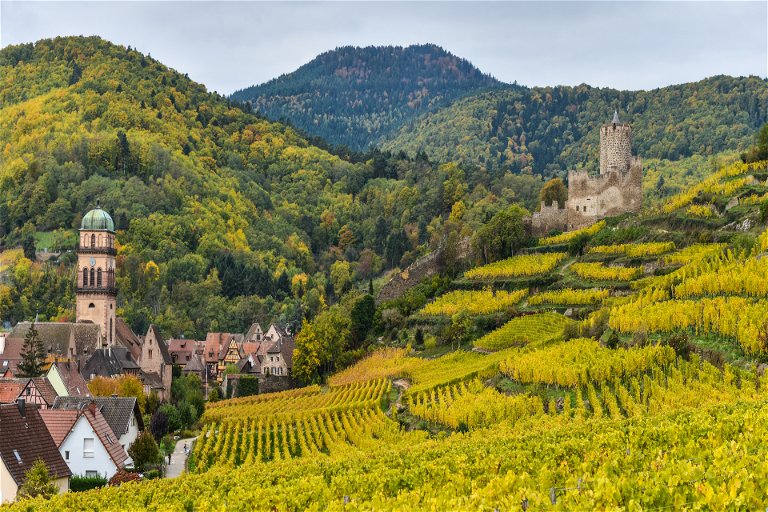

The rest of the world
In New Zealand, there are 569 hectares/1,406 acres of Riesling, mostly in Marlborough on the South Island, a cool but sunny climate ideal for the aromatic development and acid retention in the grapes. In South Africa, there is even less: just 126 hectares/311 acres and they are mostly in Elgin, the country’s coolest growing region. Jessica Saurwein of the eponymous estate, says: “There is simply no other region at the moment in South Africa that can do Riesling as well.“
She also notes the weathered shale soils, the cooling altitude and maritime influences of her vineyards.
Incredible value
Riesling grows on every continent and makes distinct wines with much character and ageability Yet, compared to other white varieties, it still has an image problem. While things are changing slowly, the remarkable thing about Riesling is its price: even the best wines are still in the realm of the affordable – most are actually incredible value. Riesling remains an absolute bargain. In some ways this is a scandal: just think of the back-breaking work it takes to farm the steep, stony slopes that Riesling loves so much. For Riesling lovers, however, this is a boon. Single-vineyard Rieslings, no matter where in the world they are grown, are exquisite, expressive wines and can age for decades. If you like the thrill of acid and if crystalline purity turns you on, you had better get in on the game.
